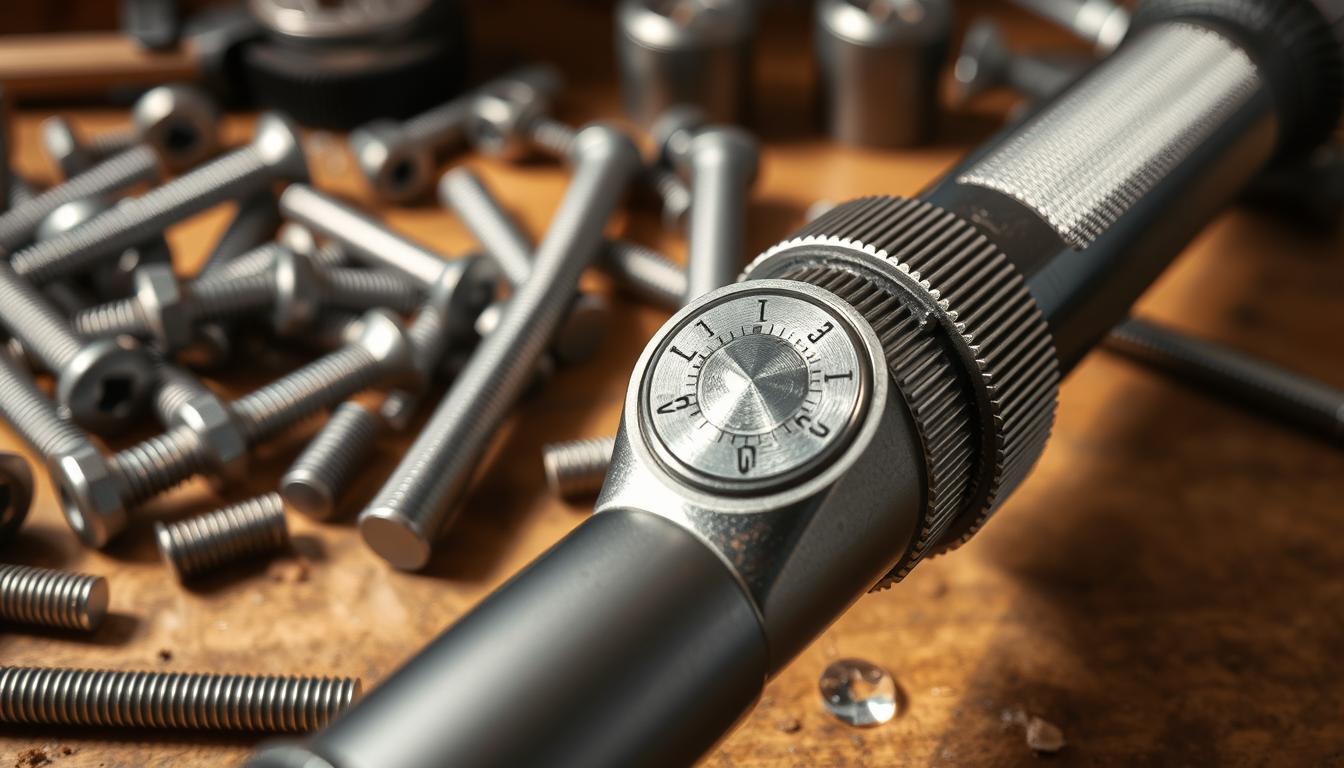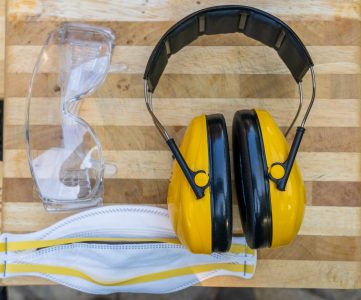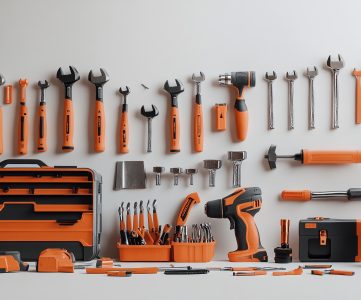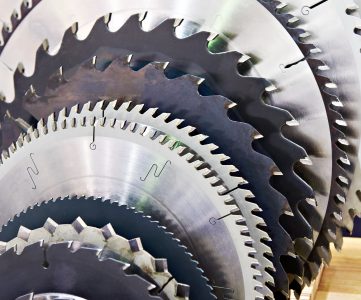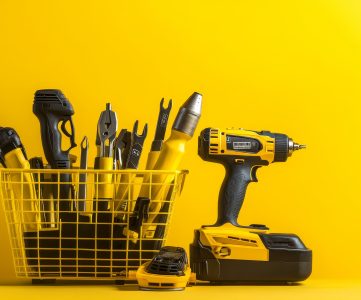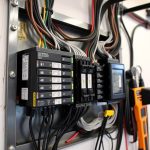Proper torque settings are key for any drilling or driving task. Knowing how to adjust them can prevent stripped screws. It’s all about the right drill settings for the perfect fit. This article will dive into the world of torque settings, covering the importance of adjustment and drill settings.
With the right knowledge, you can master torque settings. This will take your drilling and driving skills to the next level. We’ll cover everything from the basics of torque settings to adjusting them for different materials. This guide is for both seasoned pros and DIY enthusiasts, helping you get the most from your tools and avoid mistakes.
Key Takeaways
- Proper torque settings can help prevent stripped screws and improve overall drilling and driving performance
- Torque adjustment is critical for achieving the perfect fit and avoiding damage to materials
- Drill settings play a crucial role in torque control and can make a big difference in the quality of your work
- Understanding torque settings can help you work more efficiently and effectively
- Proper torque settings can help extend the life of your tools and reduce maintenance costs
- Torque settings can vary depending on the material you’re working with, so it’s essential to understand the specific requirements for each job
- Mastering torque settings takes practice, but with the right knowledge and skills, you can achieve professional-grade results
What Are Torque Settings and Why They Matter
Torque settings are key in screw driving. They show how much force is applied to a screw or bolt. Using the right torque setting is crucial to avoid damage. It ensures a strong and reliable connection, preventing issues like stripped screws or cracked materials.
Getting torque control right is vital. It affects the quality and safety of what you make. Wrong torque can cause problems like stripped screws, damaged materials, and equipment failure. Knowing about torque and how to use it properly is essential.
The Science Behind Torque
Torque is about rotational force, measured in force times distance. In screw driving, it helps create a tight connection. The needed torque varies based on material, screw size, and tightness level.
Common Problems Caused by Incorrect Torque
Wrong torque can lead to several issues, including:
- Stripped screws
- Damaged materials
- Equipment failure
- Reduced product lifespan
These problems can be prevented by using the right torque and proper techniques.
The Cost of Ignoring Proper Torque
Ignoring torque can be costly, leading to:
- Reduced product quality
- Increased maintenance and repair costs
- Decreased product lifespan
- Damage to equipment and materials
Understanding torque control and using correct techniques can save money. It ensures a high-quality product.
| Torque Setting | Material | Screw Type |
|---|---|---|
| Low | Plastic | Self-tapping |
| Medium | Metal | Machine screw |
| High | Wood | Lag screw |
The Basics of Drill and Driver Settings
Getting the right drill settings is key for drilling and driving. A drilling guide boosts accuracy and avoids errors. Knowing the drill bits and drivers is crucial. Twist bits are good for general drilling, while spade bits are best for big holes.
Here are some key considerations when choosing the right drill bit or driver:
- Material: What type of material are you working with? Different materials need different drill bits and drivers.
- Size: What size hole do you need? Pick a drill bit that fits the job.
- Speed: What speed is right for your drill or driver? The right speed prevents damage to material and tool.
A drilling guide ensures holes are straight and accurate. It prevents mistakes like drilling in the wrong spot or angle. By following these tips and using the right drill settings, you’ll get professional results and finish projects with confidence.
Always follow the manufacturer’s instructions for your drill or driver. Use the correct drill settings for the job. With practice and patience, you’ll master drilling and driving in no time.
| Drill Bit Type | Material | Size |
|---|---|---|
| Twist Bit | Wood, Metal | 1/16″ – 1/2″ |
| Spade Bit | Wood | 1/4″ – 1 1/2″ |
Understanding Your Tool’s Torque Control System
Working with power tools means knowing about torque control. It’s about how much force is applied to a fastener. This is key to avoid damage. Tools have different torque control systems, like manual and electronic ones.
Manual torque settings are common in basic tools. You set the torque level yourself. But, it can take time and isn’t always precise. Electronic systems, found in top tools, are more accurate and consistent.
Key Considerations for Torque Control
- Fastener types: Each fastener needs a specific torque setting for proper installation.
- Material properties: The material you’re working with affects the needed torque setting.
- Tool capabilities: Knowing your tool’s limits is important for choosing the right torque control.
Impact drivers use a hammering action for high torque. But, they need special fasteners and aren’t for all jobs. Knowing about different torque control systems helps you pick the right tool for the job.
Matching Torque Settings to Different Materials
Working with various materials means each needs a specific proper torque setting. This is because different materials have unique properties. For example, wood, metal, and plastic have different densities and strengths.
To get the best results, consider these factors when matching torque settings to different materials:
- Material density: Denser materials like metal need higher torque settings than less dense materials like wood.
- Material strength: Stronger materials can handle higher torque settings. Weaker materials may need lower settings.
- Fastener type: Different fasteners, such as screws or bolts, have unique torque requirements based on their design and use.
By considering these factors and making the necessary torque adjustment, you can ensure your work is done efficiently. You’ll have the right amount of proper torque for the job.
| Material | Recommended Torque Setting |
|---|---|
| Wood | 10-20 Nm |
| Metal | 20-50 Nm |
| Plastic | 5-10 Nm |
Essential Guide to Fastener Types and Required Torque
Working with different materials means knowing about fastener types and their torque needs. This knowledge helps pick the right tool and ensures a strong bond. Torque control is key because it affects how well the fastener and material stick together.
There are many fastener types, each with its own needs and torque settings. For example, wood screws need a certain torque to avoid damage. Proper torque control is crucial to prevent too tight or too loose, which can weaken the bond.
- Wood screws: need a lower torque to avoid wood damage
- Metal fasteners: require a higher torque for a strong connection
- Plastic and composite materials: need a special torque setting to avoid damage
Knowing about fastener types and their torque needs helps make a strong bond, no matter the material. Torque control is important, and using the right tool is key to success.
Professional Tips for Perfect Torque Adjustment
Getting the right drill settings is key for torque adjustment. Knowing the material you’re working with is crucial. For example, wood often needs a lower torque setting to avoid splitting.
Start with a low torque setting and increase it as needed. This prevents damage from overtightening. Also, the right drill settings are vital for different tasks.
- Using a torque wrench or a drill with a built-in torque control system
- Calibrating your tool regularly to ensure accuracy
- Choosing the right screw or fastener for the material and application
Follow these tips and use the correct drill settings. This way, you’ll get perfect torque adjustment for your projects.
Common Torque Setting Mistakes to Avoid
Even a small mistake in torque control and screw driving can cause big problems. Overtightening can damage materials or strip screw heads. Undertightening leads to loose connections and weak structures.
It’s key to know the right torque for each material and screw. For wood, a lower torque is safer to avoid splitting. Metal fasteners need more torque for a strong hold.
Overtightening Issues
Overtightening happens when you use too much force or set the torque too high. This can lead to:
- Stripped screw heads
- Damaged material
- Reduced structural integrity
Undertightening Risks
Undertightening causes loose connections and weak structures. It’s due to using too little force or setting the torque too low. Risks include:
- Loose connections
- Reduced structural integrity
- Increased risk of failure
Knowing how to avoid common torque setting mistakes is crucial. Use the correct torque for your material and screw. Be aware of the dangers of overtightening and undertightening.
| Material | Recommended Torque Setting |
|---|---|
| Wood | Low to medium |
| Metal | Medium to high |
| Plastic | Low |
Advanced Techniques for Precise Torque Control
For precise torque control, it’s key to know the role of proper torque in many areas. Getting the right torque needs special tools and methods. A torque wrench with a built-in system helps avoid over-tightening and ensures torque control is spot-on.
Some important things to think about for advanced torque control are:
- Material properties: Knowing the strength and durability of different materials is vital for the right torque.
- Fastener type: Each fastener needs a specific torque setting. Using the wrong one can cause damage or failure.
- Tool calibration: Regularly calibrating your tools makes sure they work accurately and give consistent torque control.
By learning these advanced techniques, you can get precise torque control and make sure your work is top-notch. Whether you’re working with wood, metal, or plastic, proper torque is key for success.
Remember, precise torque control is vital in many fields, like construction, automotive, and manufacturing. By using the right tools and methods, you can boost your work’s quality and cut down on errors or damage.
| Material | Recommended Torque Setting |
|---|---|
| Wood | 10-20 Nm |
| Metal | 20-50 Nm |
| Plastic | 5-10 Nm |
Maintaining Your Tools for Consistent Torque Performance
Keeping your tools in top shape is key for steady torque. Clean and oil moving parts to avoid wear. Adjust your drill settings and torque to get the best out of your tool and make it last longer.
Some important maintenance steps include:
- Cleaning the tool’s exterior and interior to prevent dirt and debris buildup
- Lubricating moving parts to reduce friction and wear
- Calibrating the tool’s torque setting to ensure accuracy
Also, knowing when to swap out parts is vital to avoid tool damage. By sticking to these upkeep tips and using the right drill settings and torque, your tools will work well for a long time.
Regular care and smart tool use lead to top-notch results and longer tool life. Focus on maintenance and the right settings to keep your tools performing well. This way, you’ll get your tasks done efficiently.
| Maintenance Task | Frequency |
|---|---|
| Cleaning | After each use |
| Lubrication | Every 3 months |
| Calibration | Every 6 months |
Conclusion: Mastering Torque Settings for Perfect Results
In this guide, we’ve covered why torque settings are crucial. They can greatly impact your DIY projects and professional work. You now know how to use your tools better and get perfect results every time.
Proper torque adjustment helps avoid stripped screws and ensures things are securely fastened. It also keeps your materials safe. Whether you’re working with wood, metal, or composites, knowing how to set torque is essential for success.
Investing time in calibrating your tools and matching torque to the job is worth it. It leads to better craftsmanship and professionalism. With precise torque control, you’ll see a big improvement in your work.
